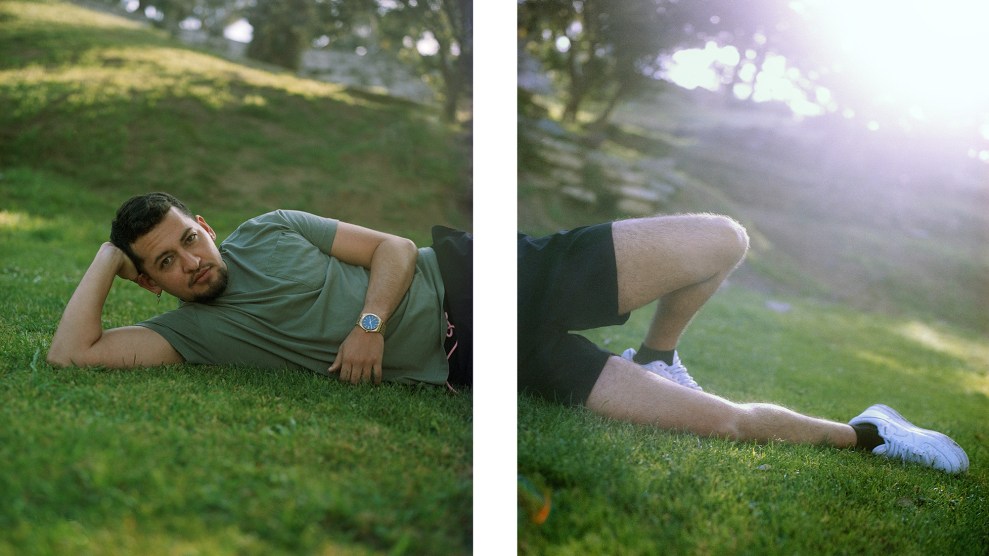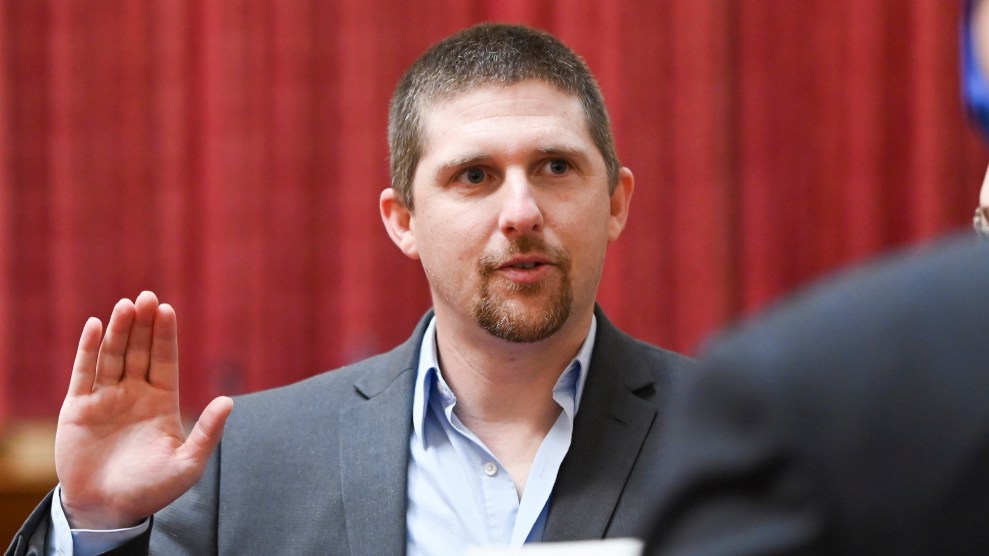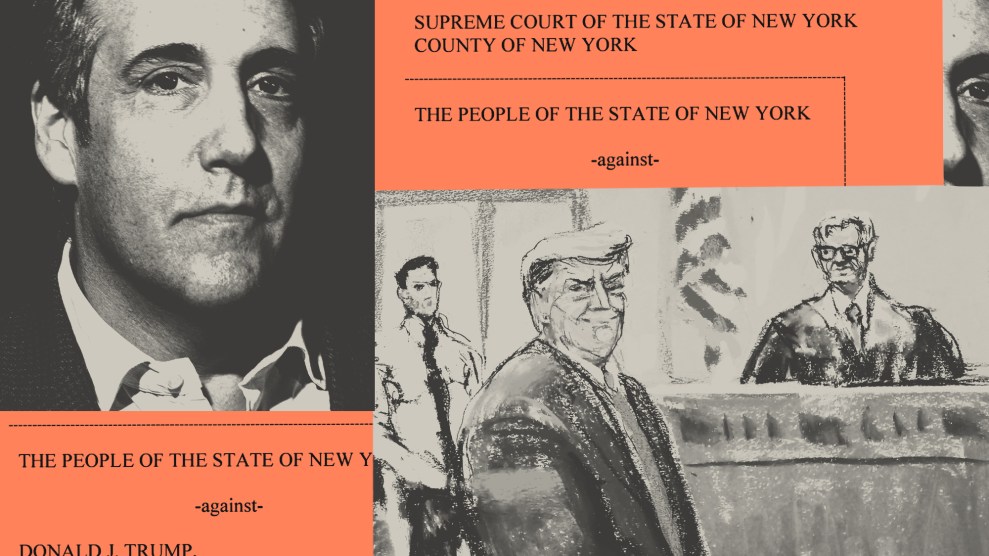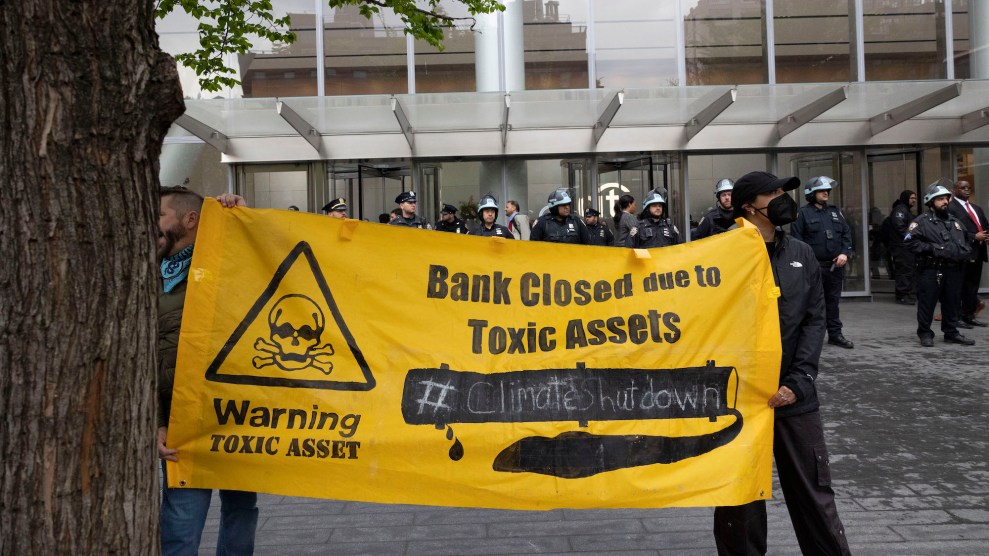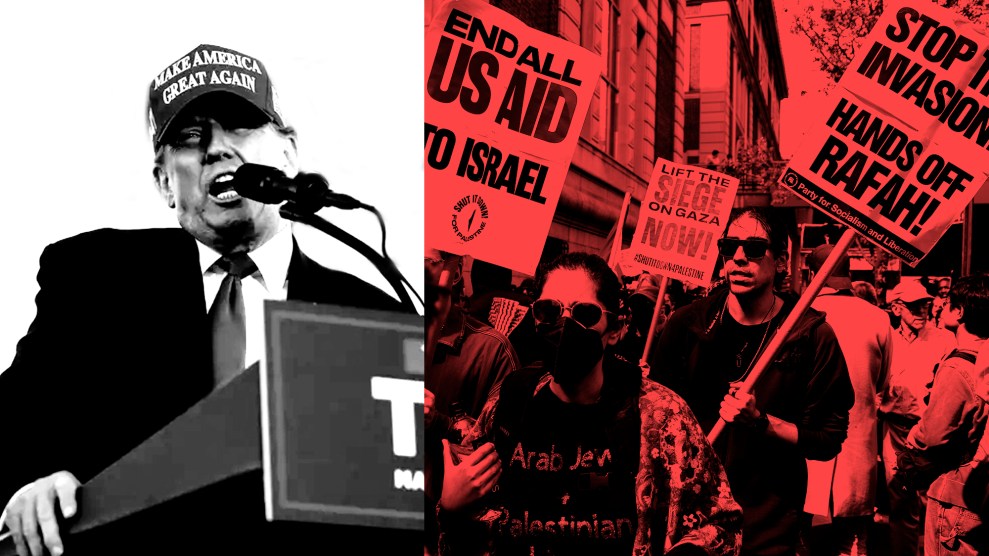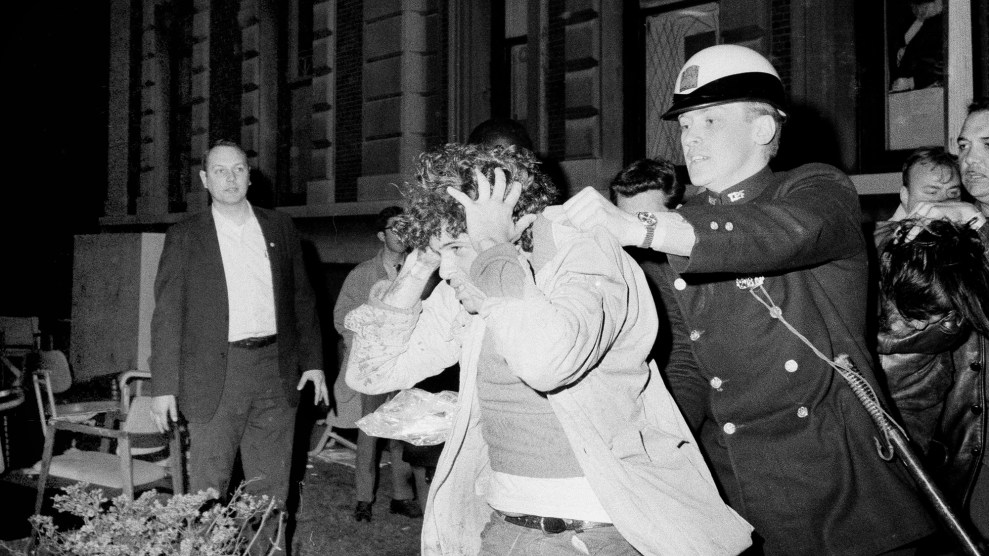
A student protester at Columbia University is forcibly removed from the campus on April 30, 1968, by a New York City police. The students occupied buildings and were ejected by the police.Dave Pickoff/AP
When Columbia students began occupying Hamilton Hall early Tuesday morning, they said their “escalation” builds on past campus protests that “Columbia once repressed yet celebrates today.”
There is an irony here. Columbia students often hear about the history of dissent on campus. The university explains the student sit-ins of 1968—when protesters occupied buildings (including Hamilton Hall) for a week to protest anti-Black racism, the Vietnam War, and Columbia’s expansion into the surrounding neighborhood of Morningside Heights—in promotional materials with a hopeful nostalgia. That protest, which occurred 56 years to the day before Tuesday night, ended with police arresting more than 700 people, and nearly 150 injured. In something of a mea culpa, the university’s website acknowledges now that “the fallout dogged Columbia for years” and “it took decades for the University to recover from those turbulent times.”
On Wednesday, President Minouche Shafik seemed to follow this line of thought. In a letter to students and faculty seeking to justify the university allowing the New York Police Department to move in and arrest scores of students, Shafik said that while Columbia “has a long and proud tradition of protest and activism on many important issues such as the Vietnam War, civil rights, and the anti-apartheid struggle in South Africa,” it would not tolerate vandalism, property destruction, and mistreatment of university staff.
But there is more than just a potential hypocrisy here. Some see the invocations as part of a broader process of trying to quell dissent.
“They try to co-opt this image of campus protest to try to diffuse it into an aesthetic for students to imbibe, to be cool, to show themselves as being part of history,” William Tang, a Columbia undergraduate studying the history of social and labor movement, told Mother Jones on campus last week, “while not engaging [with] any of its actual substance.”
Olúfẹ́mi Táíwò, an assistant professor of philosophy at Georgetown, told me he thinks schools’ celebrations of prior protests “fold into what universities are defending [today]—which is the political status quo.” Táíwò sees advertising of pasts protests even as they crackdown on current ones as indicative of the “elite capture of the university.”
By glorifying past protests, the university can say it now stands on the side of justice, and against the mistakes of the old guard. In the process, the messiness of past protests is sanitized. This can deflect from the starker continuation at play: Many administrators then—and now—opposed dissent.
According to Martha Biondi, a historian at Northwestern University and the author of The Black Revolution on Campus, “The calls for Black Studies and affirmative action were seen as really far out and radical and divisive—now, these are fully accepted in a lot of elite institutions, so they can look back and be like, ‘wow, that was great, because it helped move us to this place of excellence in the present.'”
Columbia is not alone in this process. Many of the schools where administrators recently ordered police to arrest mostly peaceful antiwar protesters also openly advertise their histories of student activism.
On a website for prospective students, New York University—where administrators brought in police to arrest 120 people last week, allegedly lying about the threats posed by protesters, according to students and professors who were present—prominently highlights that it was student activists who successfully pushed for the creation of a Native American and Indigenous Studies minor and promises that undergrads can “choose courses that shape your advocacy skills” and incorporate activism “into virtually any major or minor.”
Here’s how NYU talks about student activism on its website https://t.co/BwvMSjm8o6 https://t.co/wpz1P8dqMi pic.twitter.com/eHZ8eu2Itv
— Sylvia (@sylvia_nyc) April 23, 2024
At Princeton, where the student newspaper reports more than a dozen protesters were arrested yesterday after briefly occupying a building, a webpage celebrating “activism and intersectionality” highlights sit-ins at campus buildings in the 1970s and 1980s focused on opposing South African apartheid and sexism on campus. The University of Texas at Austin, where police arrested 79 people this week and 57 last week, and the University of Minnesota, where police arrested nine protesters last week, are also among the schools that openly acknowledge the progress Black student activists brought about on their campuses during the civil rights movement.
Many of these protests were demonized at the time for defying regulations, too.
“Protests often involve skirting or outright breaking rules,” Táíwò explained. “Rosa Parks was breaking the rules about where to sit. The activists who were sitting in at restaurant counters that were segregated were likewise breaking rules about where they should sit.”
Today, many administrators—including Shafik—insist that while they support peaceful protest on campus students cannot break regulations. A spokesperson for the University of Minnesota, for example, told Mother Jones said that students were arrested not for peacefully protesting, but because “tents are not allowed on any university property for any purpose without a permit.”
But Táíwò told me that focusing on such rules also serves a convenient purpose for administrators.
“If people are invited to think about the actual cause the students are setting up tents for, rather than increasingly unhinged lies and distractions from that cause, then they will have to defend on the merits why they should be supporting an engineered famine of genocidal proportions, and why they should respond to people who are opposed to that with violence,” Táíwò said. “Anything that they can do, any narrative that they can offer, that will get people to ask questions other than, ‘should Palestinian people be murdered en masse’—anything that they could do to distract from that, no matter how flimsy, is going to be something that they’re willing to do.”
Najib Aminy contributed reporting.

